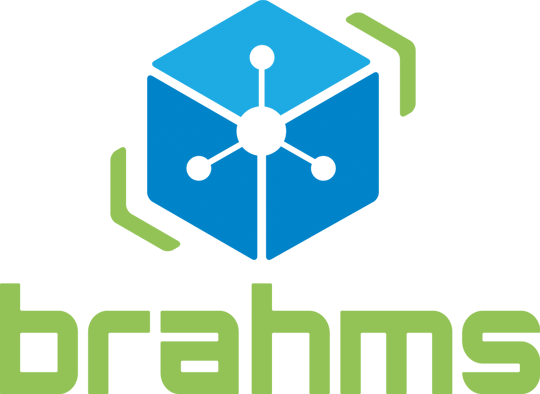Why Digital Asset Management? – The business case for an enterprise asset repository
According to a general definition an enterprise digital-asset repository manages large collections of rich media, information, and knowledge containers, enabling a wide-range of users to find, retrieve, modify, amend, or direct these assets to another target person or group. “Rich media” in this case means a complex file type that may contain multiple characteristics like color-palette, layouts, typographic design, motion graphics, and large quantities of data. Traditional enterprise solutions like data warehouses, document management systems or web content managers, tackle all…




